Spring Flowers Bunnies Don’t Eat
Spring Flowers Bunnies Don’t Eat
It’s so exciting to see the spring bulbs emerging at this time of year, but many people become discouraged when the rabbits or other critters eat or break off the tulip flowers. If you’ve planted tulips for the first time, and know that you have bunnies in your garden, spray them with liquid Plantskydd when the foliage first pokes up and again later when the flower buds start to form.
Here are more spring bulb tips, for cheerful color the critters won’t destroy.
But there are three types of spring bulbs that the rabbits don’t usually bother: daffodils, hyacinths, and snow drops. Plant these in gardens where you’ve seen bunnies feasting.
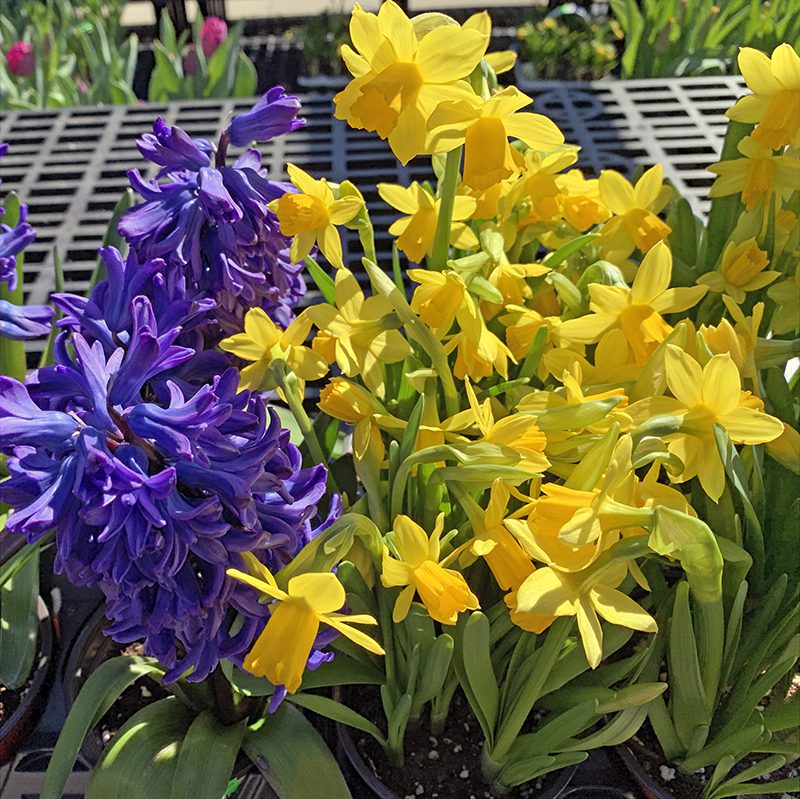
When you plant bulbs, be it from potted plants this spring or next fall, be sure to water the area well after you place them in the ground, even if rain is predicted. Watering settles the soil so that the squirrels and other animals don’t dig the bulbs up. Critters sense disturbed soil, and they dig to see what tasty morsel might be there. But if you’ve watered the area well so that the soil is no longer loose, the animals are not as likely to dig them up.
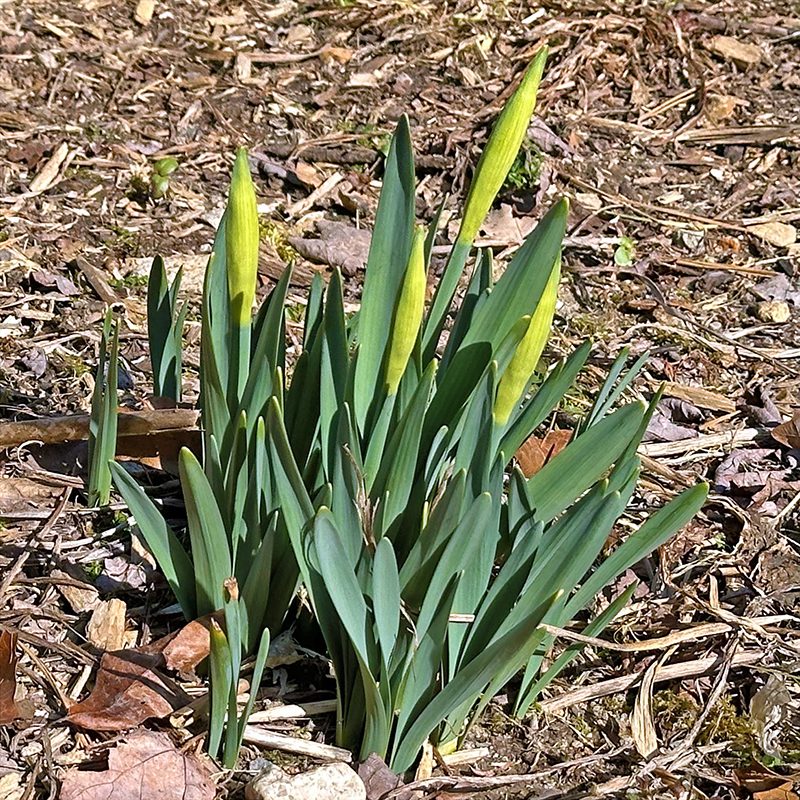
If you love tulips, plant them in taller containers on your porch or deck. Rabbits will go onto patios, but they are less likely to climb up steps, and if your pots or boxes are raised up that’s another way to protect these bulbs.
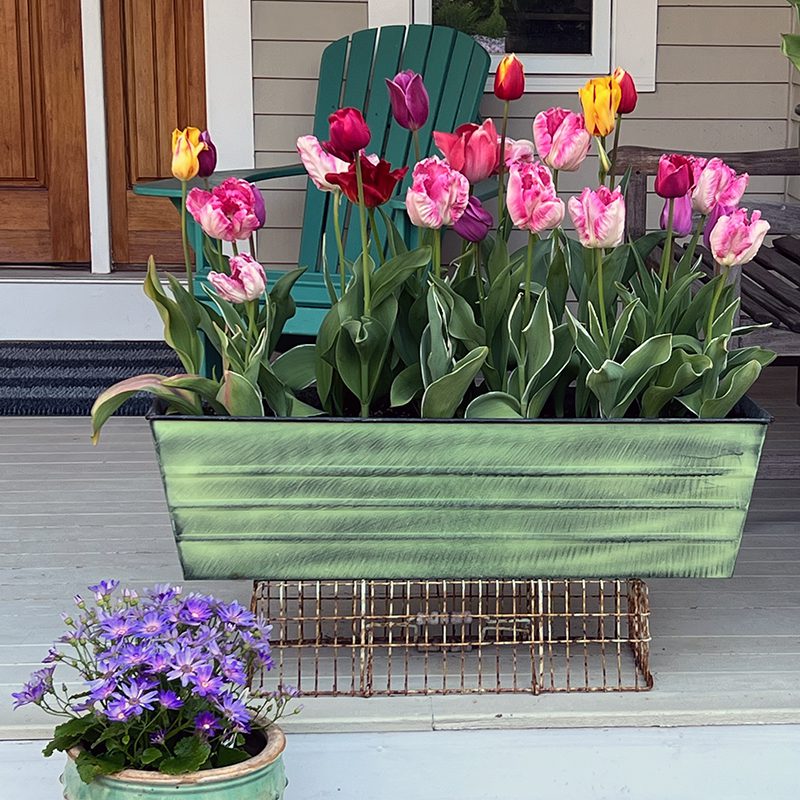
In addition to daffodils and hyacinths, rabbits don’t eat snowdrops. These will spread in your garden or even in the lawn, and they come into flower in February, continuing through March. These aren’t usually available in pots in the spring, so mark your fall calendar to remember to purchase bulbs this autumn.
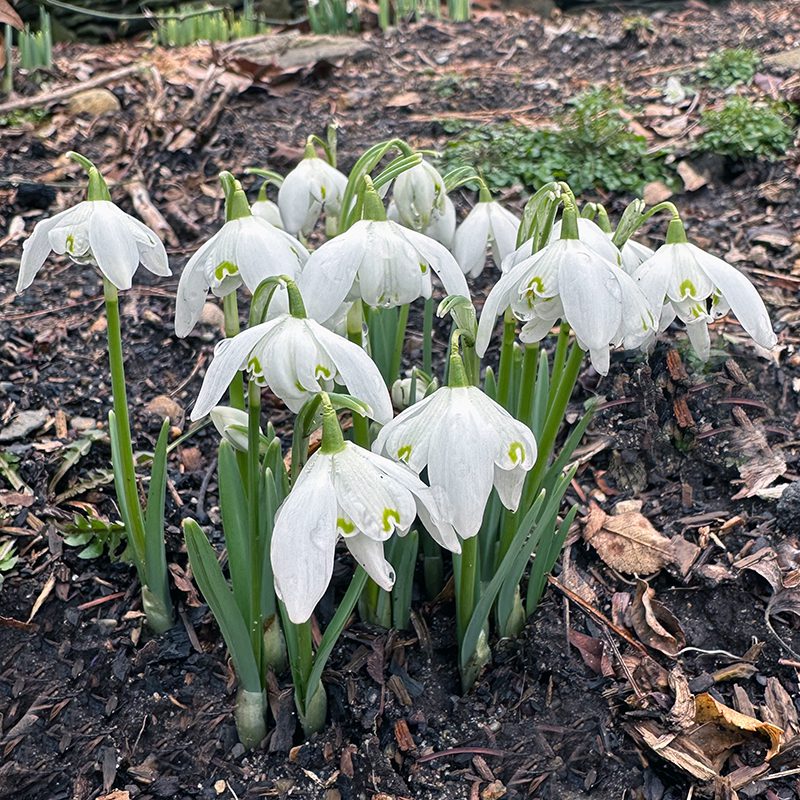
Although rabbits are happy to munch on crocus flowers, if you love those spring blooms, just plant more of them. Crocus spread, in gardens and in lawns, and the more you have, the more likely it will be that most of them will be left alone. Like the tulips, you can increase the odds of having them remain untouched by spraying the plants with liquid Plantskydd early in the season.
Added note: Rabbits love pansies too.
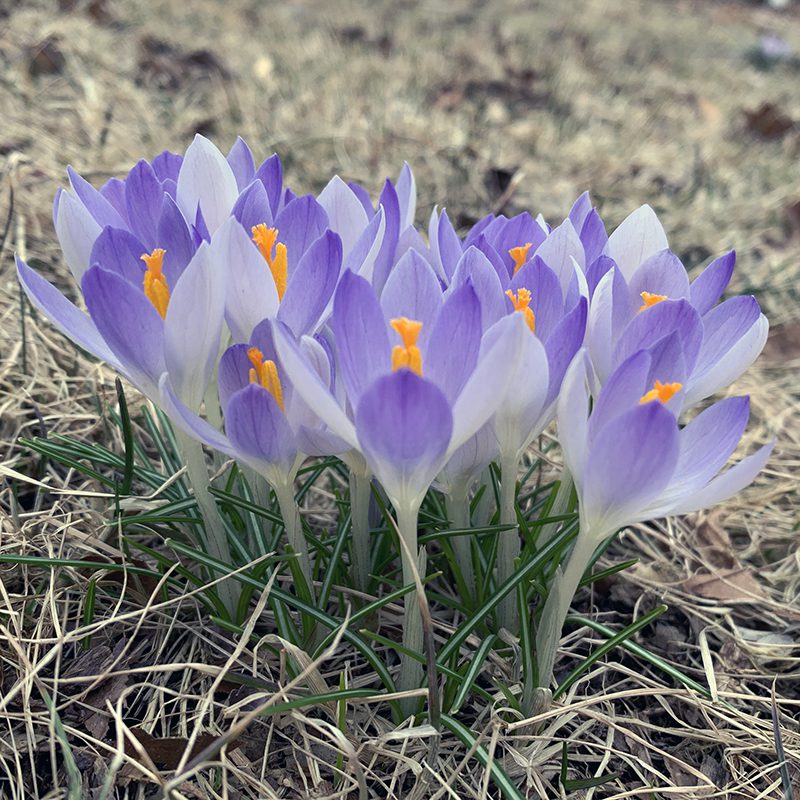
Register for the free virtual presentation that C.L. Fornari is giving on Planting the Rabbit Resistant Garden, April 21st at 4 PM. This is a free talk that will not be recorded. In this virtual presentation, you’ll learn which plants rabbits leave alone, and how to “train” thumper not to eat certain plants.
Subscribe To Our Newsletter
Sign up for our weekly email about sales and events.
